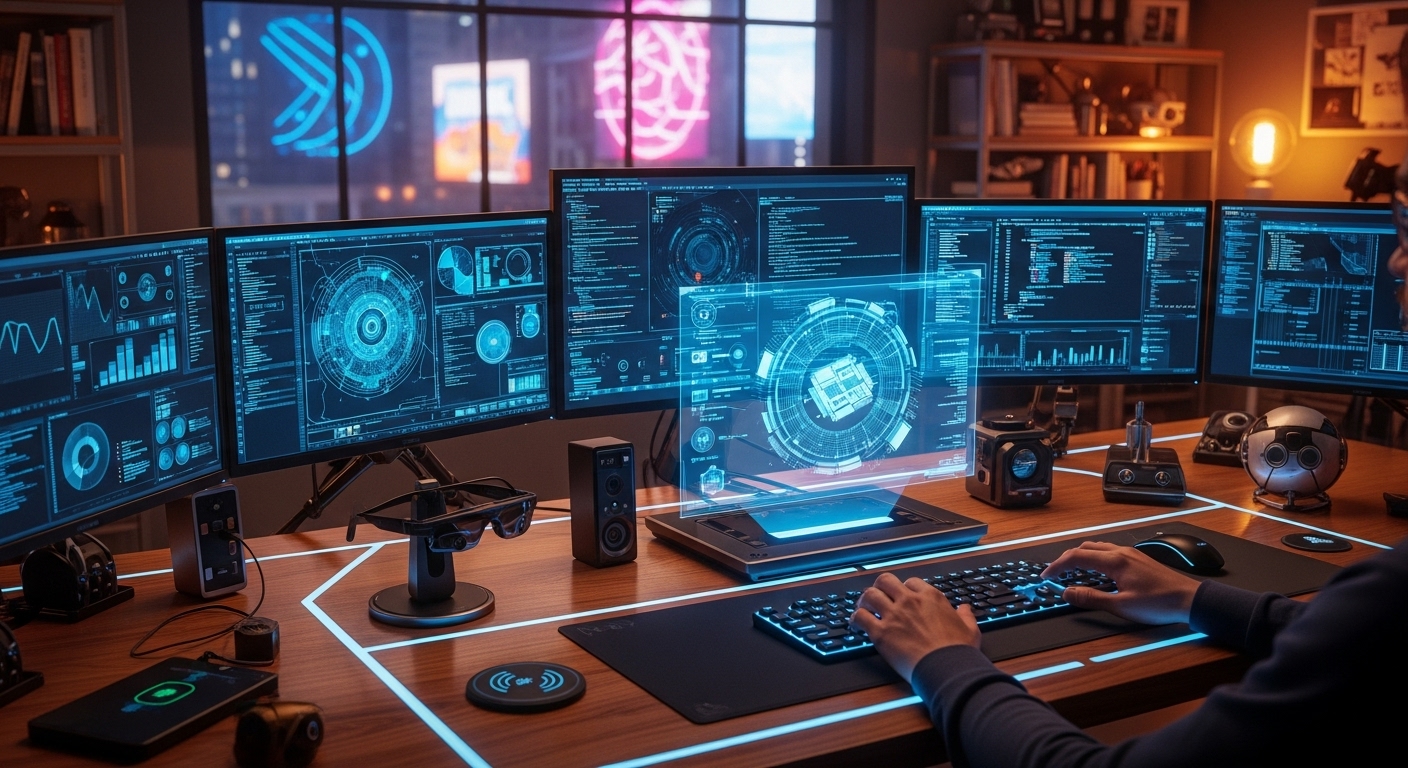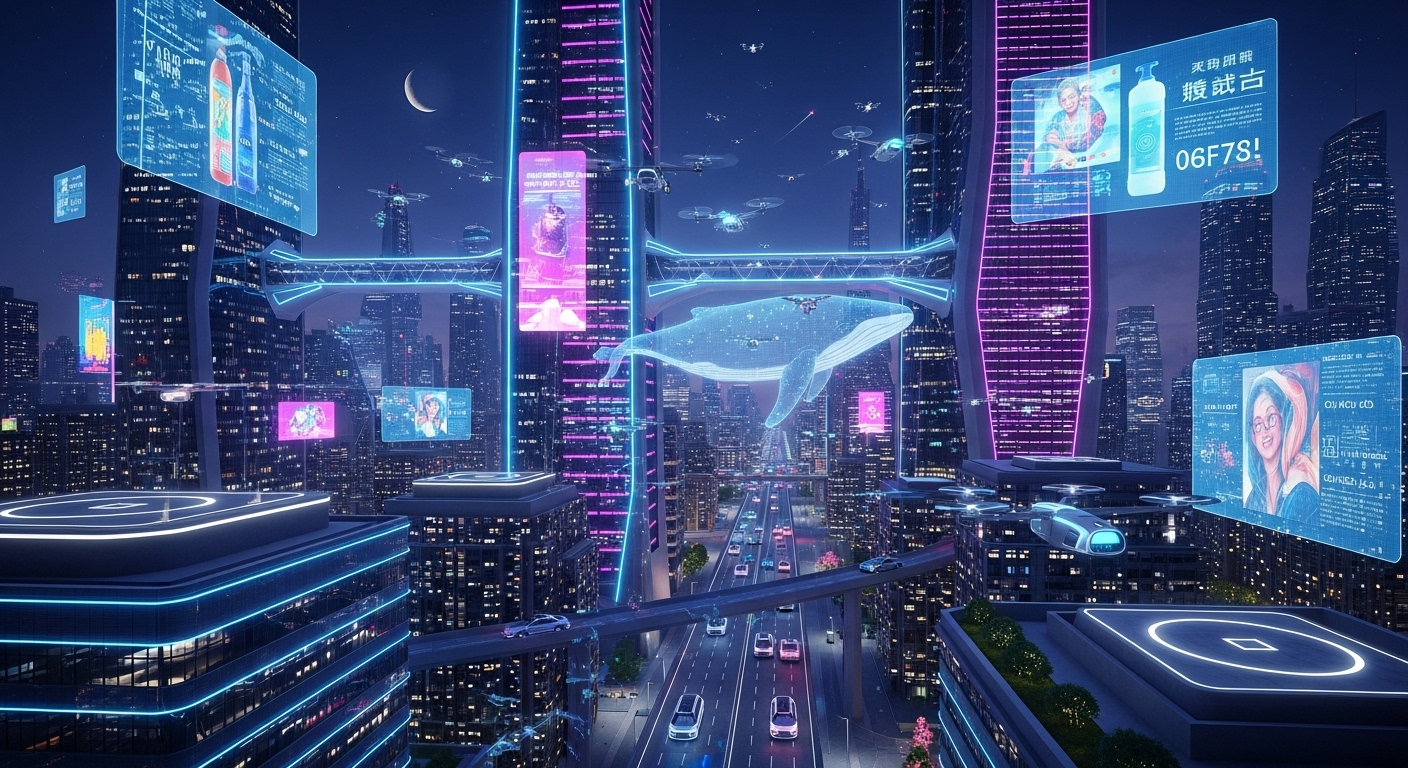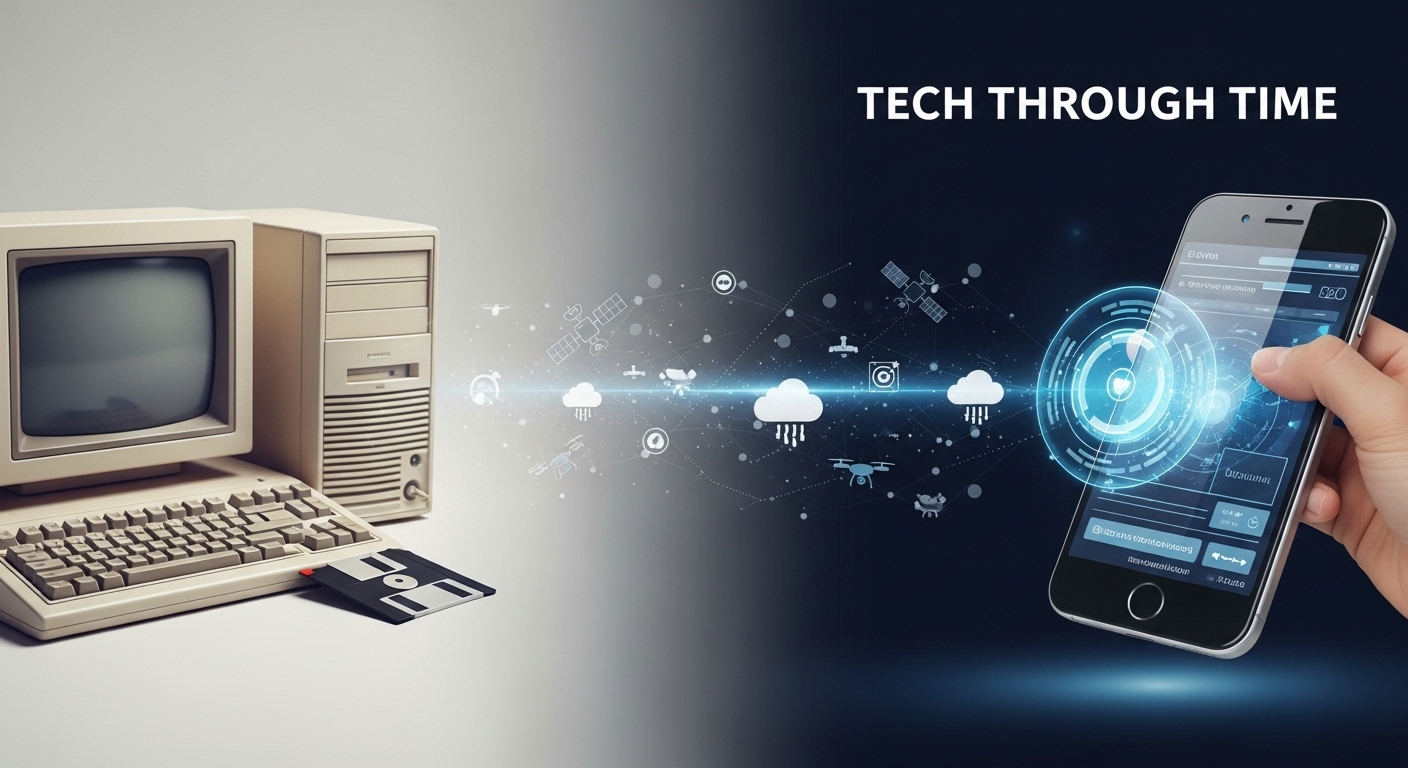Introduction
As technology advances, cyber threats are becoming more sophisticated and frequent. Traditional security methods alone are no longer enough to protect sensitive data and critical systems. Enter Artificial Intelligence (AI), a game-changing tool that is transforming the way organizations defend against cyber attacks. By combining speed, accuracy, and predictive capabilities, AI is reshaping the battlefield of cybersecurity.
AI and Threat Detection
One of the most critical applications of AI in cyber defense is threat detection. AI algorithms can analyze massive amounts of network data in real time, identifying unusual patterns that may indicate an attack. Unlike traditional systems that rely on pre-defined rules, AI can detect previously unknown threats by recognizing anomalies. This means that zero-day attacks, ransomware, and phishing attempts can be spotted and mitigated much faster.
Automated Response Systems
Detection alone is not enough; rapid response is essential to minimize damage. AI-powered systems can automatically isolate compromised devices, block suspicious network traffic, or even neutralize malware without human intervention. This automation reduces response times from hours or minutes to mere seconds, giving security teams a critical edge in stopping breaches before they escalate.
Predictive Analysis and Risk Assessment
AI also excels in predicting potential vulnerabilities. By analyzing historical attack data, AI can identify weak points in a system before hackers exploit them. This predictive capability allows organizations to proactively strengthen defenses, patch vulnerabilities, and prioritize security investments. Risk assessment powered by AI helps security teams focus on the most critical threats instead of spreading resources thin.
User Behavior Analytics
Cybercriminals often exploit human behavior to gain access to sensitive systems. AI tools monitor user behavior to detect deviations that may signal insider threats or compromised accounts. For example, logging in from unusual locations, accessing atypical files, or performing irregular transactions can trigger alerts. By understanding patterns of normal activity, AI enhances both internal and external security measures.
Threat Intelligence and Collaboration
AI enables faster sharing and analysis of threat intelligence across organizations and industries. Machine learning models can process vast datasets from multiple sources to uncover emerging attack trends. This collective intelligence allows cybersecurity teams to stay ahead of attackers and implement defenses before widespread damage occurs. Collaborative AI systems also help standardize responses to common threats across the digital ecosystem.
Challenges and Considerations
Despite its advantages, AI in cyber defense is not without challenges. Hackers are also using AI to develop smarter attacks, creating a constant arms race. Additionally, AI systems require high-quality data and careful tuning to avoid false positives or blind spots. Organizations must combine AI capabilities with skilled human analysts to ensure comprehensive security coverage.
The Future of AI in Cyber Defense
Looking ahead, AI is expected to become an integral part of all cybersecurity strategies. Advances in natural language processing, deep learning, and predictive analytics will make AI tools even more capable of anticipating and mitigating threats. As cyber attacks grow in complexity, AI will act not only as a defense mechanism but also as a strategic partner in maintaining digital trust and safety.
Conclusion
Artificial Intelligence is revolutionizing cyber defense by providing faster threat detection, automated responses, predictive insights, and enhanced user monitoring. While challenges remain, the potential of AI to strengthen digital security is immense. In an era where cyber threats are evolving constantly, leveraging AI is no longer optional — it is essential for safeguarding data, systems, and the future of technology.



